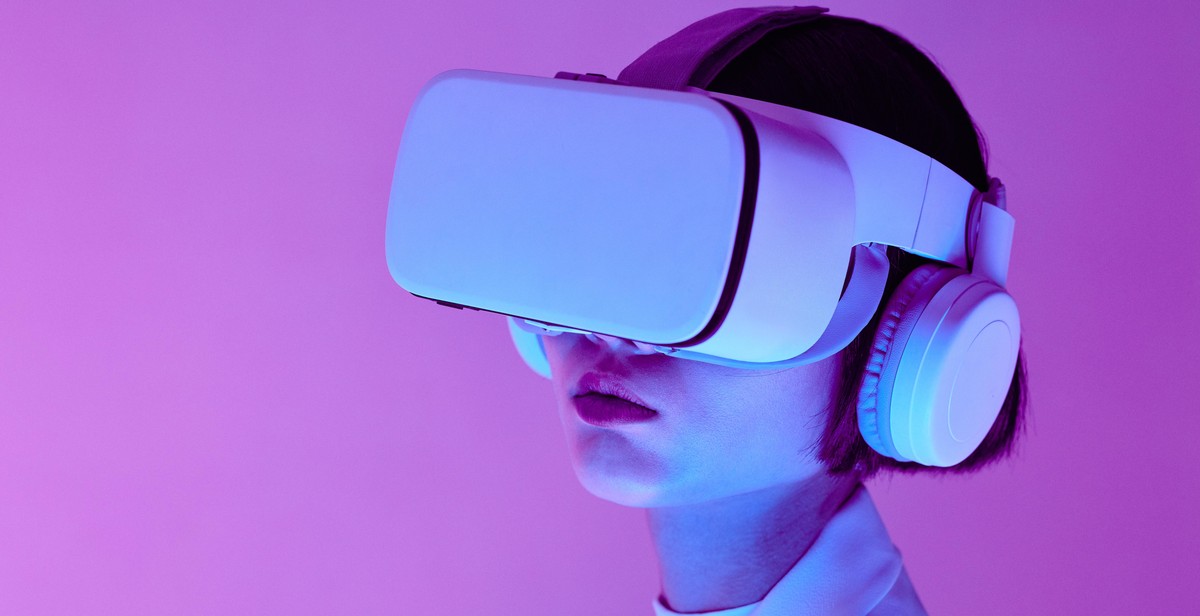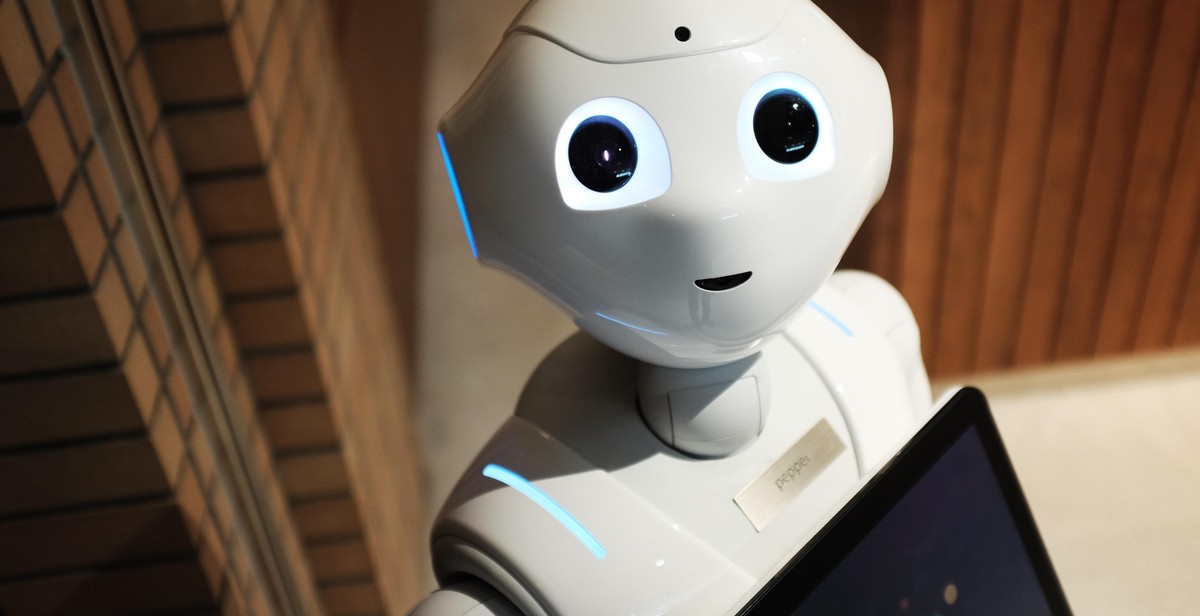Introduction
AI, or Artificial Intelligence, has revolutionized industries across the globe, and content creation is no exception. With the rapid advancement of AI technology, the way we produce and consume content has undergone a significant transformation. From automated writing to video generation, AI has enabled businesses and individuals to create high-quality content more efficiently and effectively than ever before.
What is AI?
AI refers to the development of computer systems that can perform tasks that typically require human intelligence. These tasks include speech recognition, problem-solving, learning, and decision-making. AI algorithms can analyze vast amounts of data, identify patterns, and make predictions or suggestions based on the information gathered.
The Evolution of Content Creation
Content creation has evolved from traditional forms such as text-based articles and blog posts to a more diverse and interactive landscape. AI has played a crucial role in this evolution, facilitating the creation of various types of content, including videos, podcasts, and infographics.
Automated writing tools powered by AI algorithms can generate articles, blog posts, and even social media captions within seconds. These tools analyze data, understand context, and produce coherent and engaging content, saving time and effort for content creators.
Video generation is another area where AI has made significant strides. AI-powered video creation platforms can transform text-based content into visually appealing videos, incorporating images, animations, and voiceovers. This technology has opened new possibilities for businesses to produce captivating video content without the need for extensive video editing skills or resources.

Automated Writing
AI technology has revolutionized various industries, and the field of content creation is no exception. Automated writing, powered by artificial intelligence, has emerged as a game-changer in the digital era. From generating blog posts to crafting social media content, AI algorithms are now capable of producing high-quality written material that is indistinguishable from human-written content.
How AI is Transforming Writing
The advent of automated writing has transformed the way content is created. AI algorithms can analyze vast amounts of data, identify patterns, and generate unique and engaging content tailored to specific audiences. This technology has significantly reduced the time and effort required to produce written material, making it a valuable tool for businesses and content creators.
Automated writing also enables content creators to scale their production and reach a wider audience. With AI, it is possible to generate a large volume of content in a short period, ensuring a consistent flow of fresh material for websites, blogs, and social media channels.
Benefits of Automated Writing
- Efficiency: Automated writing streamlines the content creation process, allowing businesses and individuals to produce more content in less time.
- Consistency: AI algorithms can maintain a consistent tone and style throughout the written material, ensuring a cohesive brand image.
- Cost-effective: With automated writing, businesses can reduce their reliance on expensive freelance writers or content agencies, saving significant costs in the long run.
- Improved productivity: Content creators can focus on higher-level tasks such as strategy and analysis, while AI takes care of the repetitive writing tasks.
Challenges and Limitations
While automated writing offers numerous benefits, it is not without its challenges and limitations. One of the main concerns is the potential lack of creativity and human touch in the generated content. AI algorithms can struggle with producing truly original and innovative ideas, relying instead on patterns and existing data.
Another challenge is ensuring the accuracy and correctness of the generated content. AI algorithms can sometimes produce grammatical errors or factual inaccuracies, requiring human intervention for editing and proofreading.
Furthermore, automated writing may face ethical concerns, such as the potential for AI-generated content to be used for malicious purposes like spreading misinformation or fake news.
Despite these challenges, automated writing continues to evolve and improve, offering immense potential for businesses and content creators to streamline their processes and deliver high-quality content at scale.

AI in Graphic Design
Artificial Intelligence (AI) has revolutionized the field of graphic design, enabling designers to create visually stunning and captivating content with ease. With the help of AI-powered tools and algorithms, designers can now automate various aspects of the design process, saving time and effort while enhancing the overall quality of their work.
Creating Visual Content with AI
AI has made it possible to generate visual content effortlessly. Designers can now leverage AI algorithms to create logos, illustrations, and even entire layouts. AI-powered tools like Adobe Sensei and Canva’s Design AI assist designers by suggesting design elements, layouts, and color schemes based on user preferences and industry standards. These tools also provide intelligent image recognition and manipulation capabilities, allowing designers to seamlessly edit and enhance visuals.
Furthermore, AI algorithms can analyze large datasets of images, fonts, and design styles to generate unique and personalized designs. This helps designers streamline their workflow and explore creative possibilities that may have been otherwise overlooked. AI also enables designers to quickly iterate and experiment with different design variations, resulting in faster and more efficient design processes.
Enhancing Design Processes
AI has significantly improved the efficiency and effectiveness of design processes. With AI-powered tools, designers can automate repetitive tasks such as resizing images, adjusting layouts, and applying filters, freeing up valuable time for more creative work. AI algorithms can also analyze user behavior and preferences to generate personalized design recommendations, ensuring that the final product resonates with the target audience.
Additionally, AI has simplified collaboration among designers by providing real-time feedback and suggestions. Designers can now rely on AI-powered tools to detect errors, suggest improvements, and ensure design consistency across various platforms and devices. This not only saves time but also enhances the overall quality and professionalism of the final output.
In conclusion, AI has transformed graphic design by enabling designers to create visually appealing and engaging content efficiently. From generating visual content to enhancing design processes, AI-powered tools have revolutionized the way designers approach their work, leading to improved productivity and innovation in the field of graphic design.

AI in Video Generation
The Rise of AI-Generated Videos
Artificial Intelligence (AI) has revolutionized various industries, and video production is no exception. With the rise of AI-generated videos, content creators can now automate the process of video creation, saving time and resources. AI algorithms are capable of analyzing data, understanding context, and generating high-quality videos that are almost indistinguishable from those created by human professionals.
Applications of AI in Video Production
AI technology offers numerous applications in video production, enabling content creators to streamline their workflows and produce engaging videos. One notable application is automated video editing. AI algorithms can analyze raw footage, identify key moments, and automatically edit videos with seamless transitions and professional effects. This saves content creators a significant amount of time and effort.
Another application is AI-driven video synthesis. By utilizing deep learning techniques, AI algorithms can generate realistic videos from scratch or manipulate existing footage. This opens up new possibilities for video creation, such as creating personalized videos for individual viewers or generating dynamic and interactive content.
Benefits and Drawbacks
The integration of AI in video generation brings several benefits. Firstly, it significantly reduces production costs by automating tasks that would otherwise require human labor. This allows content creators to produce videos at a faster pace and with lower expenses. Secondly, AI-generated videos can be tailored to specific audiences, resulting in more personalized and engaging content. Lastly, AI algorithms can analyze user data and feedback to improve video quality over time, enhancing the overall viewer experience.
However, there are also drawbacks to consider. While AI-generated videos can be highly realistic, they may lack the creativity and emotional depth that human creators bring to the table. Additionally, concerns about ethical implications and potential misuse of AI technology in video production have been raised. Content creators must navigate these challenges and find a balance between automation and human involvement in the video creation process.

AI and Content Quality
When it comes to AI-generated content, ensuring quality is of utmost importance. While artificial intelligence has made great strides in content creation, there are still challenges to overcome in order to maintain a high level of quality. Here are some key factors to consider:
Ensuring Quality in AI-Generated Content
To ensure the quality of AI-generated content, it is essential to implement various measures:
- Training the AI: AI models need to be trained on high-quality data to learn patterns and generate accurate and relevant content. The training process should involve a diverse range of sources to avoid biases and ensure a comprehensive understanding of the subject matter.
- Quality checks: Implementing quality checks throughout the content generation process is crucial. This includes verifying the accuracy of information, grammar, spelling, and overall coherence of the content. Human editors can play a vital role in reviewing and refining the AI-generated content.
- Feedback loops: Continuous feedback from users, editors, and subject matter experts is invaluable in improving the quality of AI-generated content. This feedback helps identify areas of improvement and refine the algorithms to produce more accurate and reliable content.
The Human Touch in Content Creation
While AI can automate certain aspects of content creation, the human touch remains essential for producing high-quality content. Here’s why:
- Creative thinking: AI algorithms excel at data analysis and pattern recognition, but they often lack the ability for creative thinking and the nuanced understanding of human emotions. Human content creators can inject creativity, originality, and emotional intelligence into their work, making the content more engaging and relatable to the target audience.
- Contextual understanding: AI-generated content may lack the ability to fully grasp the context of a given topic. Human content creators can draw from their knowledge and experience to provide context, ensuring that the content is accurate, relevant, and tailored to the needs of the audience.
- Adapting to changes: Content creation requires adapting to evolving trends and preferences. Human content creators can quickly respond to changes in the market or audience demands, making necessary adjustments to the content strategy and keeping it up to date.
In conclusion, while AI has revolutionized content creation, ensuring quality in AI-generated content requires a combination of well-trained algorithms, rigorous quality checks, and human expertise. The human touch remains integral to producing content that is accurate, engaging, and resonates with the target audience.

The Future of AI and Content Creation
The field of Artificial Intelligence (AI) has made significant advancements in recent years, revolutionizing various industries, including content creation. From automated writing to video generation, AI has the potential to transform the way we create and consume content.
Advancements and Possibilities
AI-powered content creation tools are becoming increasingly sophisticated, enabling businesses and content creators to streamline their processes and produce high-quality content at scale. Natural Language Processing (NLP) algorithms can analyze vast amounts of data and generate well-written articles, blog posts, and social media updates.
Furthermore, AI algorithms can now generate realistic and engaging visuals, including images, infographics, and even videos. This opens up new possibilities for content creators to enhance their storytelling and captivate their audiences.
Ethical Considerations
However, as AI continues to evolve, ethical considerations must be taken into account. The authenticity and credibility of AI-generated content can be a concern. Content creators must ensure transparency when using AI tools to avoid misleading or deceiving their audiences.
Additionally, the potential job displacement caused by AI automation is another ethical consideration. While AI tools can enhance productivity, they may also replace human workers in certain content creation tasks. Striking a balance between human creativity and AI automation is crucial to maintain the integrity and diversity of content creation.
In conclusion, the future of AI and content creation holds great promise. With advancements in AI technology, content creators can leverage automated writing and video generation tools to create compelling content. However, ethical considerations must be at the forefront to ensure transparency, authenticity, and the preservation of human creativity in the content creation process.
